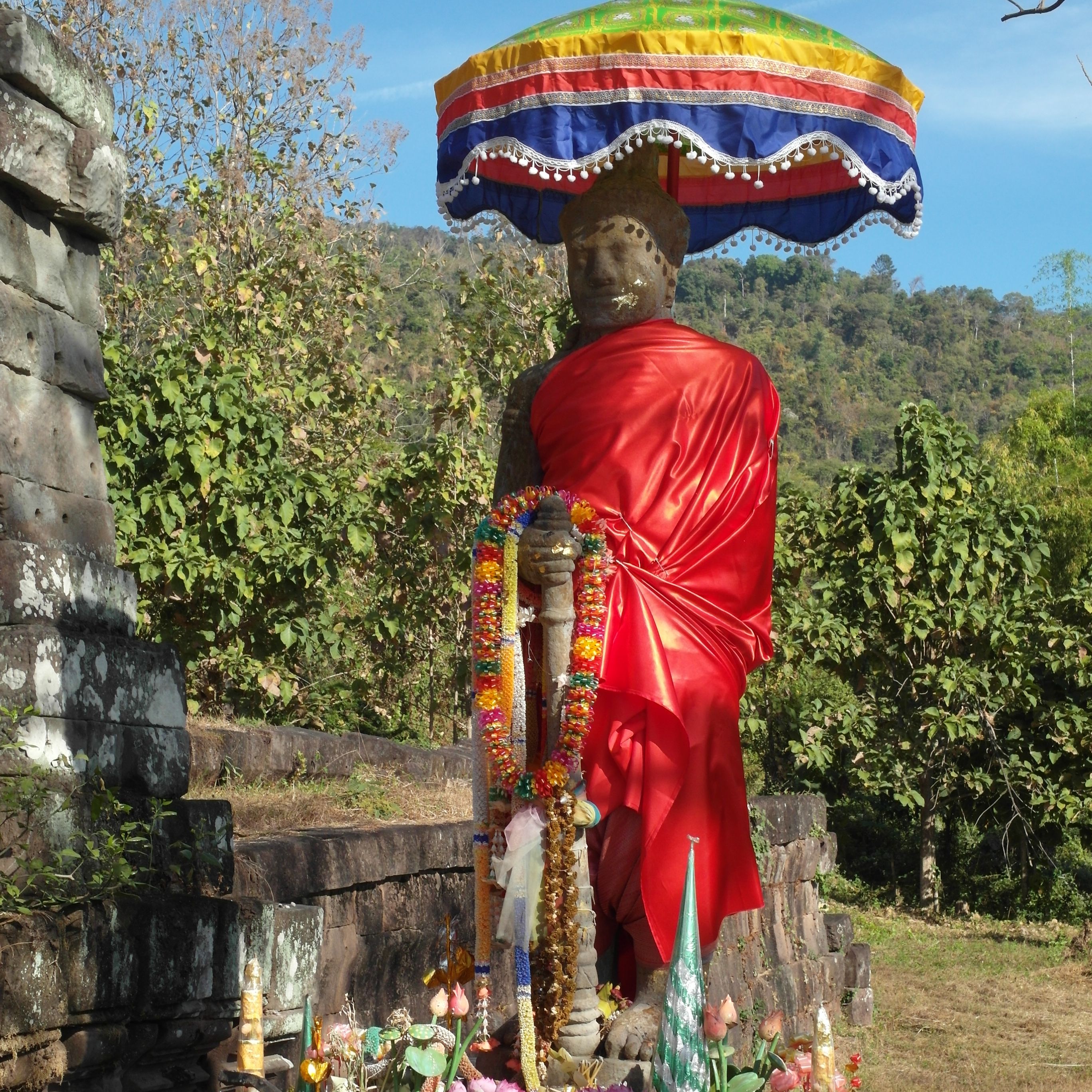Earliest Khmer Stone Architecture and its Origins
A Case Study of Megalithic Remains and Spirit Belief at the Site of Vat Phu
https://doi.org/10.34780/8a3v-k1ib
Abstract
Research on the development of Khmer stone architecture prior to the pre-Angkor period was of little significance seemingly due to a shortage of material. However, at Vat Phu in South Laos, the cradle of Chenla, two small buildings constructed from large sandstone elements, hitherto incorrectly dated, are probably the only extant examples of the intermediary link between prehistoric buildings made from perishable material and the later Indian influenced temples. These megalithic cells and connected carvings, including the depiction of a crocodile and two serpents, were part of a widespread indigenous religious cult that was focused on human sacrifice and the worship of important tutelary spirits. This field study was further focused on a re-investigation of sites with related sandstone cells or animal carvings as well as prehistoric burials in other parts of mainland Southeast Asia that allows a better dating and understanding of the early architectural evolution of the region. Of particular relevance is also Monument K at the site of Oc Eo in former Funan. Probably in the sixth century Funan merged with Chenla which finally led to the formation of Kambujadesa and its first monumental pre-Angkor architecture.
Schlagwörter:
Mainland Southeast Asia, Vat Phu, field study, earliest Khmer stone architecture, spirit belief





